Trillion Dollar World of U.S. Semiconductor Manufacturing
| The Trillion Dollar World of U.S. Semiconductor Manufacturing
In 1990, the U.S. share of global semiconductor manufacturing capacity was estimated to be 37%. By 2021, the U.S. share had dropped to 12%, posing major threats to America’s security and economy, which became blatantly evident during the Covid years. On March 29, 2021, Bloomberg reported that the “explosion in demand—unexpectedly goosed during the Covid-19 pandemic for certain industries like smartphones and PCs—has caused a near-term supply shock triggering an unprecedented global shortage.” And this shortage was not limited to smartphones and PCs as became evident in other areas including the appliance and automotive industries. Indeed, it is hard to find an industry today that does not rely on computer chips! As a result, Congress passed The Chips and Science Act of 2022 which allocated $52 Billion to increase semiconductor manufacturing in the United States. Five (5) major chipmakers – GlobalFoundries, Intel, Samsung, TSMC and Texas Instruments – have already announced investments totaling in excess of $1 trillion targeting the construction of new production facilities in the United States. Several States including New York, Ohio, New Mexico, Texas and Arizona have offered significant incentives to the chip manufacturers. These States already have planned construction value in excess of $600 Billion. It is interesting to understand the complexity of semiconductor chip manufacturing and the various industries that are required in its support. Semiconductor chips are manufactured, or fabricated, in facilities referred to as “fabs” or “foundries”. Chips are manufactured on circular sheets of semiconductor material called “wafers” and each wafer contains hundreds of different chips. This process can require more than 1,000 process steps! Following the chip fabrication process comes the “Assembly, Test and Packaging” (ATP) component of the overall process. Once fabricated, the wafers are sent to other facilities for back end manufacturing. At these facilities, the chips are cut from the silicon wafer, tested and packaged. Multiple chips have different functions and are individually packaged and assembled on circuit boards. Both the “fabs” and the “ATPs” require a wide variety of materials, chemicals and gases including raw polysilicon, silicon wafers, chemicals (including hydrogen fluoride & nitric acid) and gases (especially helium & neon). Thus, the “fab” and “ATP” processes also necessitate manufacturing investments from providers such as Air Products and Linde for gases, duPont and Mitsubishi for chemicals, as well as manufacturers of specialized machinery and process equipment. In the past several decades, it is hard to find one industry that will have had such an incredible effect on our country’s workforce, infrastructure, land utilization and brain trust. Covid accelerated the weakness of present-day supply chains, mandating the return of manufacturing to secure our country’s future growth and defense. |
To learn more about who Dixie is, visit our About page.
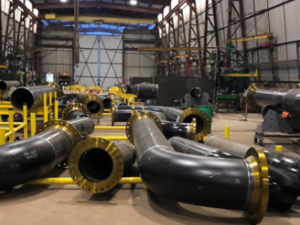
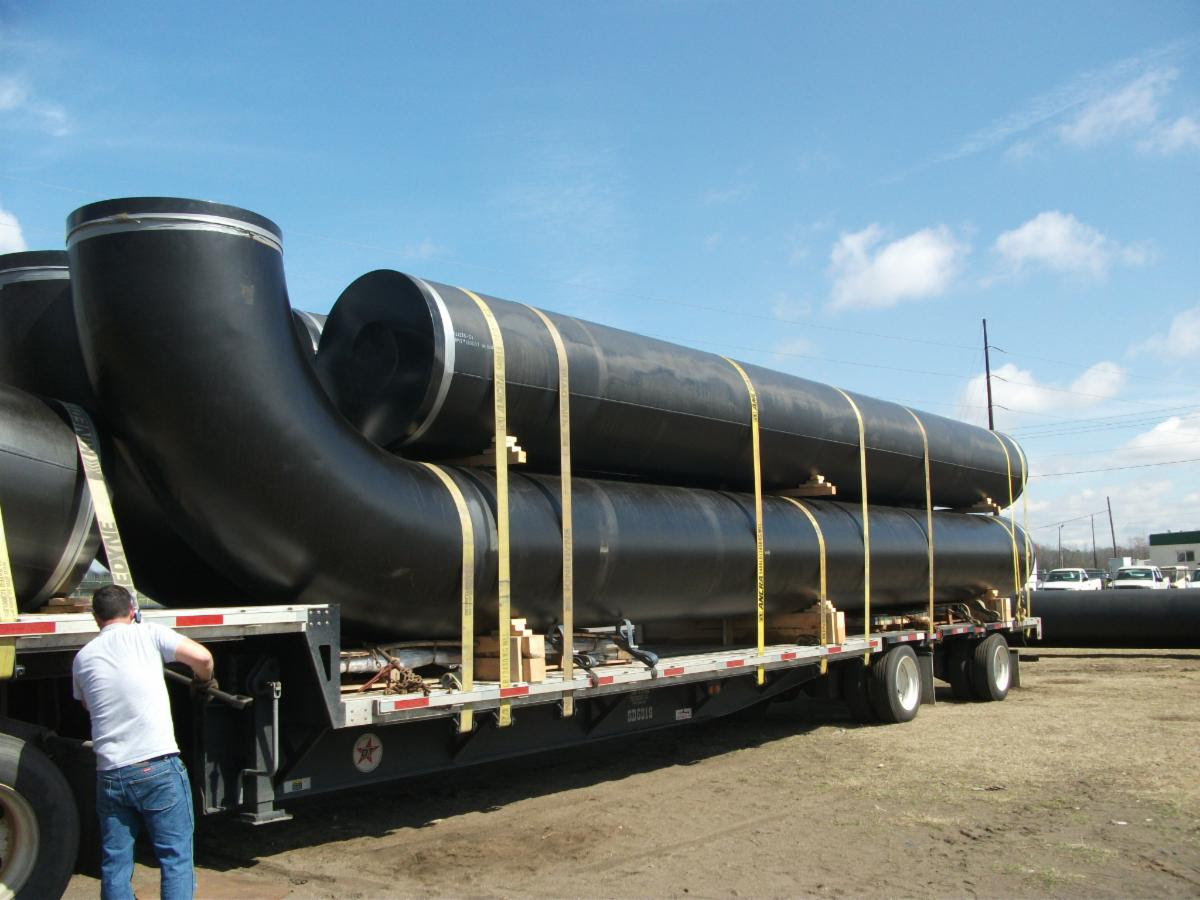
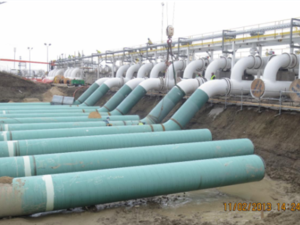
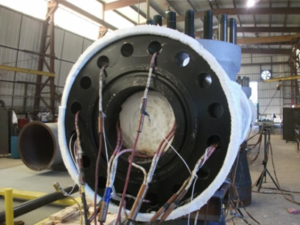
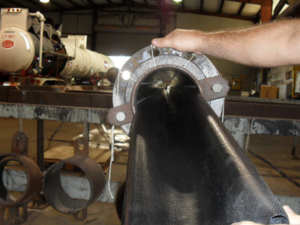


Stay Connected